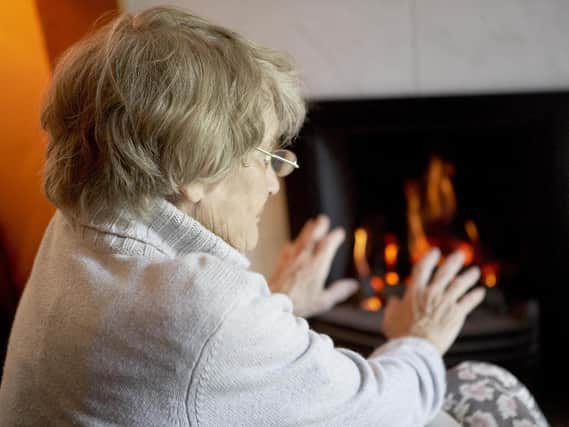Female pensioners in Scarborough thousands of pounds worse off on average than their male counterparts


Exclusive figures obtained by our sister title NationalWorld have revealed there is a 12.1% pay gap between men and women of state pension age in Scarborough, slightly below the national UK average of 14.4%.
The statistics count men and women aged 65 and three months as of 5 April 2019 to be at pension age.
Advertisement
Hide AdAdvertisement
Hide AdThe median pension income for women in Scarborough was £16,700 in the 2018-19 tax year, the most recent period covered by HMRC’s data collections. Only income from pensions, whether private or state, is included.
This was £2,300 less than men's average pension income of £19,000.
This means for every £1 men got, women got 87.9p.
The findings have prompted concerns that not enough has been done to address economic penalties faced by women who shoulder the lion’s share of unpaid care work – leaving them more vulnerable to poverty in old age.
The figures only include people liable to pay tax, meaning the poorest pensioners may not be included if they have incomes lower than the tax-free personal allowance that year, which was £11,850.
Advertisement
Hide AdAdvertisement
Hide AdSeparate figures from the Department for Work and Pensions (DWP) suggest female pensioners are more likely to be on low incomes.
Women’s groups say the gap is down to women being more likely to do unpaid care and working part-time or low-paid jobs throughout their lives – particularly for the generations that are now pensioners.
"Women who are receiving their pensions now have experienced a lifetime of the gender pay gap, meaning that the earnings they have had available to build a pension have been lower than men,” said the Fawcett Society’s Andrew Bazeley.
The amount of state pension people receive depends on when they were born and how many years they have spent paying National Insurance (NI) contributions.
Advertisement
Hide AdAdvertisement
Hide AdPrior to changes introduced in April 2016, between 30 and 44 years’ of contributions were needed to claim the full basic state pension of £137.60 per week – roughly £7,155 per year.
Fewer contributing years means less state pension awarded, while under the new system claimants must have contributed at least 10 years to get any state pension at all.
But the Fawcett Society, which campaigns for gender equality, says the Government should introduce a ‘carer’s credit’ to the pension auto enrolment, so that people continue to build up a pension when they take time off to do unpaid care.
The poorest pensioners in the UK, according to the HMRC data, were women in the West Midlands, who had median annual incomes of £14,800 – a gap of 13.5%.
Advertisement
Hide AdAdvertisement
Hide AdFemale pensioners are also far more likely to be on Pension Credit, a means-tested benefit for the poorest pensioners, such as those who do not qualify for a state pension.
Dr Mary-Ann Stephenson, director of the Women’s Budget Group, said “successive governments have failed to take account of women’s needs when developing pension policy”.
“Being a woman and taking time out of paid work to care for others is still one of the surest routes to poverty in old age,” she said.
Ms Dickson said the figures were a perfect example of the need to consider women’s equality in policy that affects income and pensions.
Advertisement
Hide AdAdvertisement
Hide Ad“Gender budgeting, gender-sensitive sex-disaggregated data, and meaningful equality impact assessments are all vital tools to make sure women are not being driven deeper into poverty by policies which don’t consider equality from the start,” she said.
The DWP says the proportion of pensioners in poverty has fallen in recent years – but it is still at 13%, and 14% for women alone.
A spokesperson said: “We are committed to action that helps to alleviate levels of pensioner poverty and our ground-breaking pension reforms, including automatic enrolment, have helped millions more women save into a pension, many for the first time.
“Pension participation among eligible women working in the private sector has risen from 40% in 2012, to 86% in 2020.”